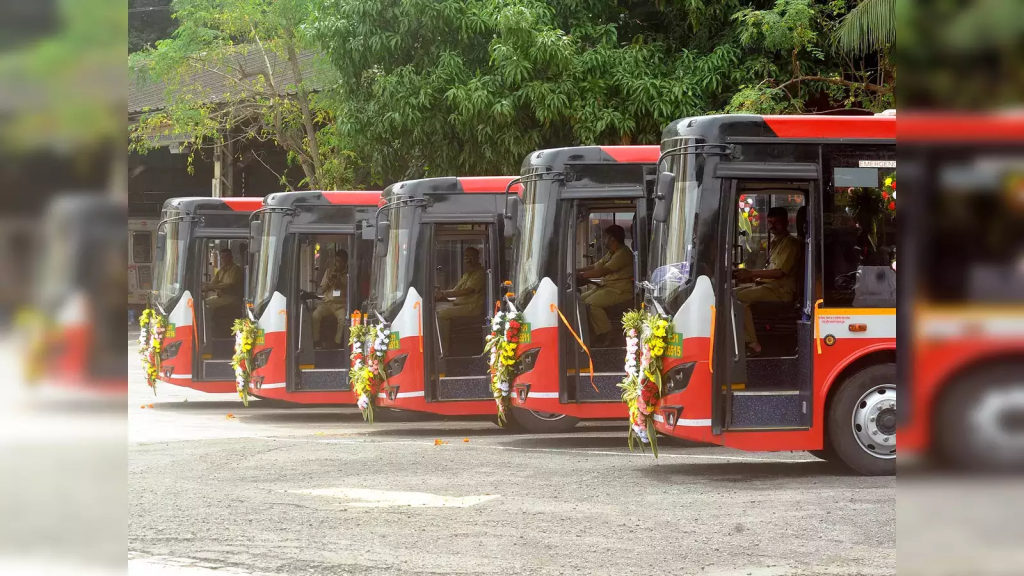
Every day, countless people wait at bus shelters across the country, waiting for their ride to come. They come in all shapes and sizes, from basic open-air structures to enclosed booths with seating. But how often do we think about our comfort and safety while waiting in these shelters? Here, we discuss three simple ways we can instantly enhance our bus shelters.
1. Proper Lighting
The first and foremost aspect that can instantaneously make a difference is lighting. This is especially significant during the darker months when the sun sets earlier. Proper illumination brings about an immediate sense of security, deterring possible anti-social activities. It also ensures that the commuters can read important information such as timetables or the city map and steps or seats in the shelter can be seen clearly, preventing accidents.
2. Maintain Cleanliness and Hygiene
An often overlooked but crucial aspect for improving bus shelters is maintaining cleanliness. A tidy bus shelter improves the waiting experience and promotes a positive public transport image. It’s the responsibility of local councils, but also the individual users, to make sure that shelters stay clean. Providing the commuters with a handy bin can also help manage the litter. Similarly, providing sanitiser stations within the shelters can encourage the necessary hygiene practices, particularly in today’s context where cleanliness is paramount.
3. User-friendly Information Display
Despite living in the age of smartphones, a fair share of travellers still rely on bus shelters for accurate time and route information. It should be presented in a way that’s comprehensible for everyone, regardless of age or understanding of the local language. The information display should be dynamic, indicating real-time arrivals and updates regarding delays or cancellations.
Furthermore, incorporating technological advancements could make waiting times more enjoyable and less frustrating. For example, a shelter could integrate touch screens with interactive maps. Other services like USB charging points or Wi-Fi connections can also be implemented. These changes not only modernise the shelters but also make them user-friendly and engaging for commuters.
Conclusion
Improving bus shelters is an investment that goes beyond aesthetics or comfort. It plays a key role in enhancing the image of public transportation, making it a more appealing option for many. More people using buses could decrease the number of cars on our streets, reducing air pollution and congestion. While making these changes might require efforts at various levels – from government bodies to individuals – the cumulative result would vastly improve the principle of wait and journey of various commuters.
